Call for submissions from UC faculty and staff of 2019 creative and scholarly works by June 30.
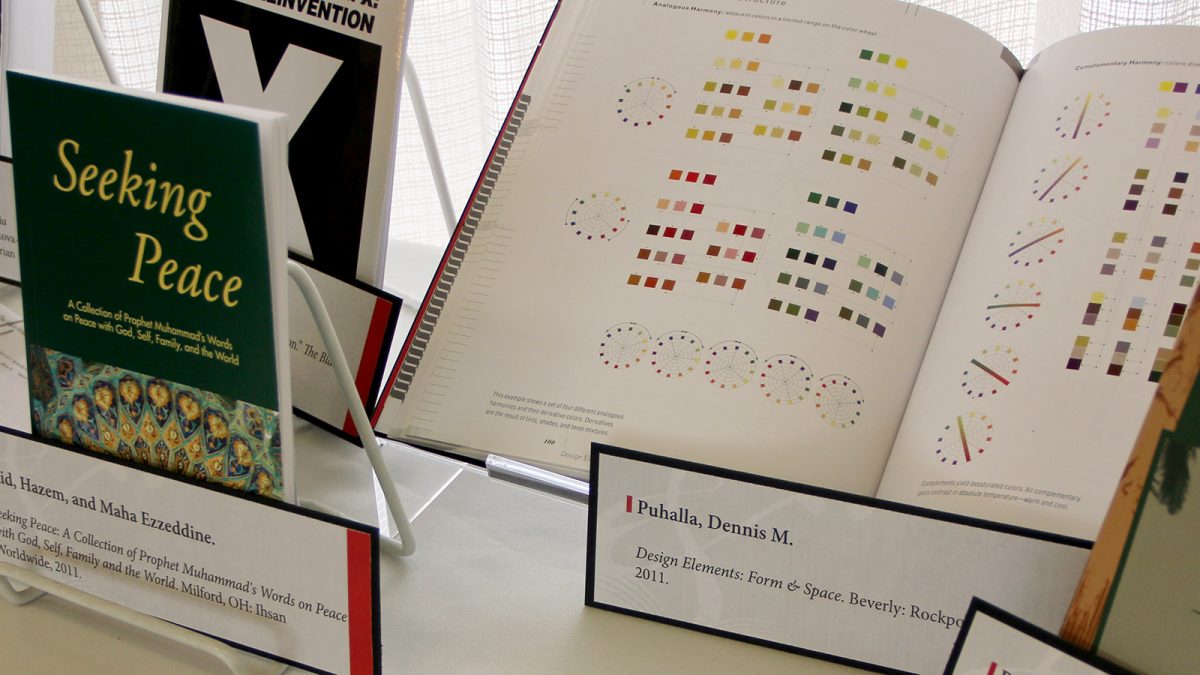 The University of Cincinnati Libraries is collaborating with the Faculty Senate, the Office of the Senior Vice President and Provost and the Faculty Enrichment Center to bring back the popular Authors, Editors & Composers event and exhibit last held in 2013 and incorporate it into the Life of the Mind lecture series.
The University of Cincinnati Libraries is collaborating with the Faculty Senate, the Office of the Senior Vice President and Provost and the Faculty Enrichment Center to bring back the popular Authors, Editors & Composers event and exhibit last held in 2013 and incorporate it into the Life of the Mind lecture series.
The re-imagined Life of the Mind will create one event that will celebrate the achievements of UC’s artists, authors, editors and composers together with a presentation by a distinguished faculty member and panel discussion to foster an interdisciplinary dialogue on an emergent theme.
Still named Life of the Mind, the event is scheduled for Tuesday, Sept. 22, 2020, in the Faculty Enrichment Center. An exhibit of faculty and staff submitted works and compositions will be on display at the event and then moved the following day for public display in the Walter C. Langsam Library’s fourth and fifth floor lobbies. The organizers are prepared to move the event and exhibit fully online if circumstances dictate the necessity to do so.
 To include 2019 creative and scholarly works, UC faculty and staff are invited to submit via an online form by June 30. Include only those works performed or published between January 2019 and December 2019. Submissions are limited to three per category per artist, author, editor or composer. Categories may include: books, book chapters, journal articles, editing, artwork, photography, plays, musical scores, CDs or DVDs.
To include 2019 creative and scholarly works, UC faculty and staff are invited to submit via an online form by June 30. Include only those works performed or published between January 2019 and December 2019. Submissions are limited to three per category per artist, author, editor or composer. Categories may include: books, book chapters, journal articles, editing, artwork, photography, plays, musical scores, CDs or DVDs.
It is from the submitted works that the Life of the Mind Steering Committee will select the featured faculty speaker to give the Life of the Mind lecture.
The mission of Life of the Mind remains to celebrate UC research, scholarship and creative output and to foster the free and open exchange of ideas and discourse.
Questions? Contact Melissa Cox Norris, (513)556-1558 or melissa.norris@uc.edu.
 While all UC Libraries’ physical locations remain closed until further notice, we are finalizing plans to provide users with access to print collection materials in order to support UC teaching and research.
While all UC Libraries’ physical locations remain closed until further notice, we are finalizing plans to provide users with access to print collection materials in order to support UC teaching and research.
 The University of Cincinnati Libraries is collaborating with the Faculty Senate, the Office of the Senior Vice President and Provost and the Faculty Enrichment Center to bring back the popular Authors, Editors & Composers event and exhibit last held in 2013 and incorporate it into the Life of the Mind lecture series.
The University of Cincinnati Libraries is collaborating with the Faculty Senate, the Office of the Senior Vice President and Provost and the Faculty Enrichment Center to bring back the popular Authors, Editors & Composers event and exhibit last held in 2013 and incorporate it into the Life of the Mind lecture series. To include 2019 creative and scholarly works, UC faculty and staff are invited to submit via an
To include 2019 creative and scholarly works, UC faculty and staff are invited to submit via an 

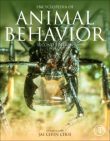
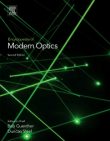 Good news! We have expanded access to online encyclopedias & compendiums on some major science & engineering topics.
Good news! We have expanded access to online encyclopedias & compendiums on some major science & engineering topics.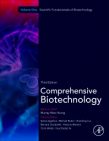 Comprehensive Biotechnology (3rd edition) 2019
Comprehensive Biotechnology (3rd edition) 2019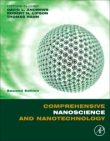 Comprehensive Nanoscience and Nanotechnology (2nd edition) 2019
Comprehensive Nanoscience and Nanotechnology (2nd edition) 2019

 As in previous years, entries will be judged according to such categories as “Most Delicious,” “Most Creative,” “Most Checked Out” and “Most Literary.” Those awarded “Best Student Entry” and “Best Overall” will win a limited-edition, much coveted UC Libraries t-shirt.
As in previous years, entries will be judged according to such categories as “Most Delicious,” “Most Creative,” “Most Checked Out” and “Most Literary.” Those awarded “Best Student Entry” and “Best Overall” will win a limited-edition, much coveted UC Libraries t-shirt.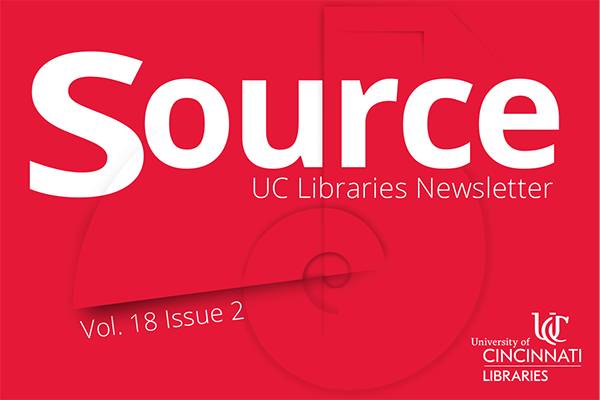 Read Source, the online newsletter, to learn more about the news, events, people and happenings in UC Libraries.
Read Source, the online newsletter, to learn more about the news, events, people and happenings in UC Libraries.